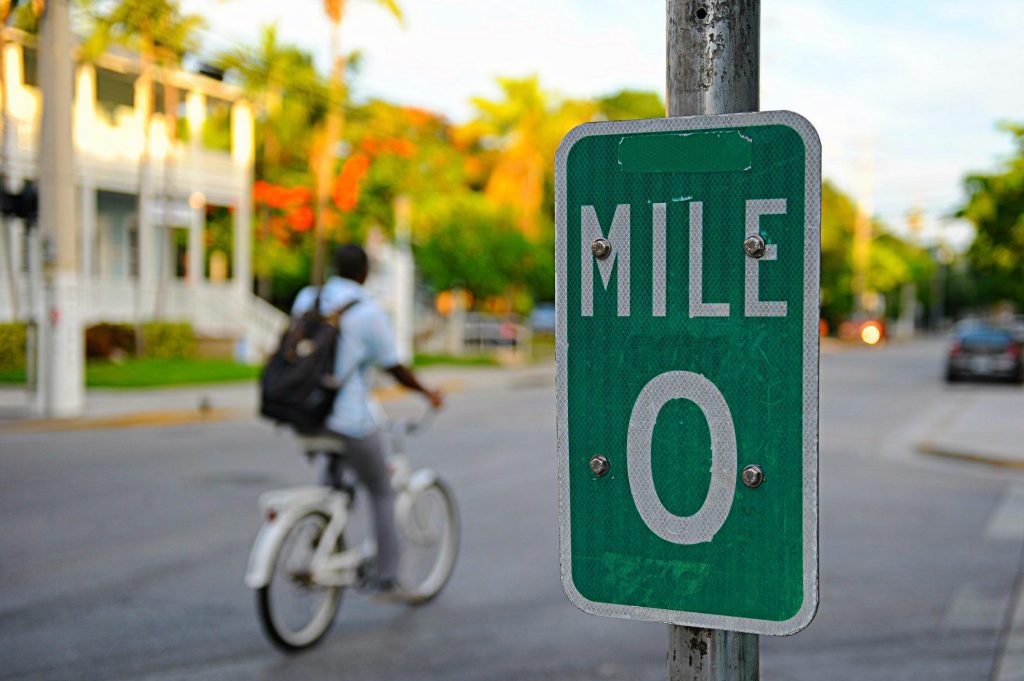Skift Take
Some U.S. travelers will always want to stay close to home, regardless of the state of the world. Road trips to visit nearby friends and family continue to be the foundation of most American trips, and that will likely be the case again this year.
Domestic trips have always had the largest slice of the U.S. leisure travel pie, and over the past year, that trend has been even more acute.
U.S. travelers took nearly 14 million more trips in the United States than international trips during the 12-month stretch ending in February, according to MMGY Global’s 2017 Portrait of American Travelers report, citing concerns about political climates and safety abroad as likely reasons for the bump in domestic trips.
Domestic vacations made up 85 percent of total vacations taken by Americans, up seven percentage points from the prior year, based on MMGY Global’s survey of nearly 3,000 U.S. leisure travelers ages 18 and older in February.
Respondents had an annual household income $50,000 or more and took at least one leisure trip 75 miles or more from home during the year that required overnight accommodations.
When MMGY Global surveyed U.S. travelers in 2016, some 34 percent of respondents said their domestic vacations were to new destinations, while this year 40 percent said their vacation was to somewhere they’d never been.
MMGY Global didn’t ask respondents for the reasons they were taking more domestic trips, said Steve Cohen, vice president of insights at the marketing agency, but terrorism is a likely motivator in helping some travelers decide to not travel internationally.
“Terrorism tends to impact people who travel less frequently,” Cohen said. “But consider the ease of traveling domestically versus internationally; domestic travel is usually much easier for most people.”
Yet, despite the increase in interest in domestic travel, respondents indicated they were interested in 20 percent fewer destinations this year compared to 2016 [see chart below].
Respondents were asked which U.S. cities and regions they were interested in visiting during the next two years. The top 10 cities with the highest percentages of interest, such as New York City and Las Vegas, all had less interest this year.
Overall, respondents expressed interest in visiting 20 destinations during the next two years, down from 16 destinations when this question was posed in 2016.
Cohen said when interest in a destination is down by fewer than 20 percentage points year-over-year, “they’re doing pretty well.”
Top 10 American Cities/Regions Interested in Visiting during Next Two Years
| City or Region | 2016 | 2017 | Percentage Point Decrease YOY |
|---|---|---|---|
| Hawaii Neighbor Islands | 68% | 60% | -8% |
| Honolulu, Hawaii | 64% | 58% | -6% |
| New York City, New York | 59% | 55% | -4% |
| The Florida Keys, Key West, Florida | 63% | 54% | -9% |
| San Francisco, California | 57% | 51% | -6% |
| Washington, D.C. | 60% | 51% | -9% |
| Las Vegas, Nevada | 56% | 49% | -7% |
| New Orleans, Louisiana | 55% | 48% | -7% |
| San Diego, California | 55% | 47% | -8% |
| Seattle, Washington | 51% | 46% | -5% |
Source: MMGY Global
Still, a drop in interest is not unheard of: Cohen said MMGY Global also saw a decrease in interest in the number of destinations that respondents wanted to visit in 2015.
“Very few cities are up in interest this year,” said Cohen.
Millennial families are the group that travel brands should pay attention to, since they don’t seem as perturbed about global events, said Cohen.
“They’re the group planning to do the most international travel this year, and their domestic travel will also be strong,” he said.
This domestic travel bump follows a larger trend of anxiety many travelers have felt in recent years from terrorist attacks in popular destinations, pandemics, and public relations disasters in nearly every travel industry sector.
When thinking about international trips, many travelers likely fear longer security lines or perceive that some places are less safe simply from the anxiety they’ve felt from headlines and sentiments shared by friends and family.
About two-thirds of respondents reported being happy in 2017, for example, which represents a nine-point drop from last year and also a five-year low. Two-thirds also said they were currently optimistic about their future employment, a seven-point decrease from last year.
Since MMGY Global’s survey was done at the beginning February, the flurry of this year’s airline nightmares such as United Airlines’ passenger dragging scandal hadn’t yet made headlines and wouldn’t have influenced how interested respondents said they were in traveling.
And while many respondents would have been aware of President Donald Trump’s controversial rhetoric during the past two years, their responses aren’t based on most of the Trump Administration’s actions since Trump was sworn in on January 20.
The Daily Newsletter
Our daily coverage of the global travel industry. Written by editors and analysts from across Skift’s brands.
Have a confidential tip for Skift? Get in touch
Tags: american travelers, mmgy, tourism
Photo credit: Domestic trips have more interest in the U.S this year. Pictured is an iconic spot in Key West, Florida, one of the destinations with the most interest based on a recent survey. clarkmaxwell / Flickr
